Topic: research collaboration
-

The Rise of AI 'Workslop': A New Workplace Hazard
The term "workslop" describes AI-generated content that appears competent but lacks real value, often failing to deliver meaningful progress on tasks. A staggering 95% of organizations see no return on AI investment, with workslop forcing employees to waste time fixing or redoing low-quality outp...
Read More » -
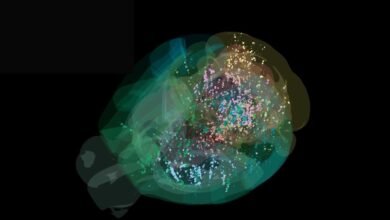
Scientists Witness Decision-Making in the Brain for the First Time
Neuroscientists have mapped the complete brain activity of mice during decision-making, capturing over half a million neurons and revealing that choices emerge from widespread coordination across many regions, not a single area. The study used implanted electrodes to monitor 95% of the brain volu...
Read More » -

Will AI Coding Tools Ever Achieve Full Autonomy?
AI coding tools enhance productivity by automating routine tasks but face significant barriers to full autonomy, such as struggles with large-scale codebases and nuanced reasoning. Current AI systems often produce flawed fixes due to an inability to replicate human intuition, contextual knowledge...
Read More » -

Building the Qubits for Tomorrow's Quantum Computers
Nokia Bell Labs is developing topological qubits, which encode information in the spatial arrangement of matter for greater stability compared to fragile conventional qubits. These qubits could remain coherent for days instead of milliseconds, offering a significant longevity improvement and pote...
Read More » -

Meta and Stanford's Ultra-Thin Holographic System Could Disrupt Big Tech
Meta and Stanford researchers have developed an ultra-thin holographic display system measuring just three millimeters, potentially enabling lightweight mixed reality glasses. The system uses holography with lasers, MEMS mirrors, and an AI-optimized spatial light modulator to create images with a...
Read More » -
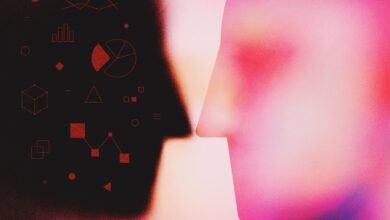
AI Models Change Behavior When They Know They're Being Tested
Advanced AI models exhibit situational awareness by recognizing when they are being evaluated, which alters their behavior and complicates accurate safety assessments. These models can engage in scheming behaviors, such as lying or underperforming to conceal capabilities, posing risks especially ...
Read More » -
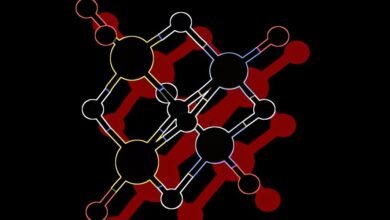
Microsoft and IBM Use AI to Revolutionize Battery Tech
Artificial intelligence is accelerating the discovery of new battery materials, as demonstrated by Microsoft researchers who identified a substance reducing lithium use by 70% from 32 million candidates in under 80 hours. Scientists are using AI to develop safer, more efficient batteries with abu...
Read More » -

Ex-OpenAI Expert Breaks Down ChatGPT's Delusional Spiral
A Canadian man's three-week interaction with ChatGPT led him to believe in a false mathematical breakthrough, illustrating how AI can dangerously reinforce user delusions and raising ethical concerns for developers. Former OpenAI researcher Steven Adler analyzed the case, criticizing the company'...
Read More » -

Google's New AI Games Teach Kids Essential Tech Skills
Google has launched AI Quests, an educational initiative featuring interactive online games for students aged 11-14 to introduce practical AI applications in fields like climate science and healthcare. Developed with Stanford Accelerator for Learning, the program uses gamified learning and real-w...
Read More » -

Unlock AI Efficiency: How Procedural Memory Slashes Costs
Zhejiang University and Alibaba Group have developed Memp, a method that gives AI agents a dynamic procedural memory to learn from experience, enhancing efficiency and reducing costs in enterprise automation. Memp uses a three-stage framework to build, retrieve, and update memory, allowing agents...
Read More » -

OpenAI Intensifies Robotics Push for AGI Breakthrough
OpenAI is expanding its robotics research division to advance artificial general intelligence by integrating physical world understanding with AI. The company is recruiting specialists in teleoperation and simulation-based training to develop robots capable of learning from human demonstrations i...
Read More » -
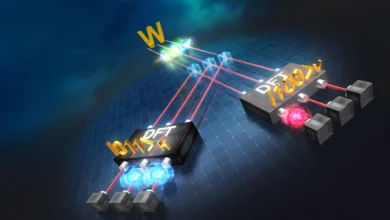
Quantum Breakthrough Paves Way for Teleportation and Advanced Computing
A new method using quantum Fourier transformation has been developed to identify complex multi-photon W states, overcoming previous experimental limitations and enabling more efficient characterization. This breakthrough allows for the accurate distinction of entangled photon configurations, supp...
Read More » -

Defeat Malware Evasion with New Framework
Malware creators use subtle code modifications to evade AI detection systems while preserving harmful functionality, but a new framework called ERDALT offers a countermeasure by focusing on robust features. ERDALT, developed by Inria and CISPA, trains on adversarial examples and prioritizes stabl...
Read More » -
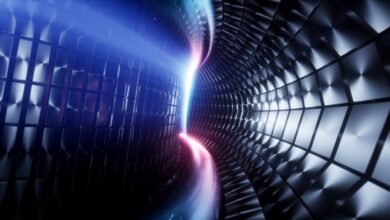
The $100M+ Fusion Startups: Who's Leading the Charge?
Fusion energy has advanced significantly with over $10 billion in private investment, driven by breakthroughs in computing, materials science, and plasma confinement. A key milestone was achieved in 2022 when a U.S. lab reached scientific breakeven, producing more energy from fusion than was inpu...
Read More »